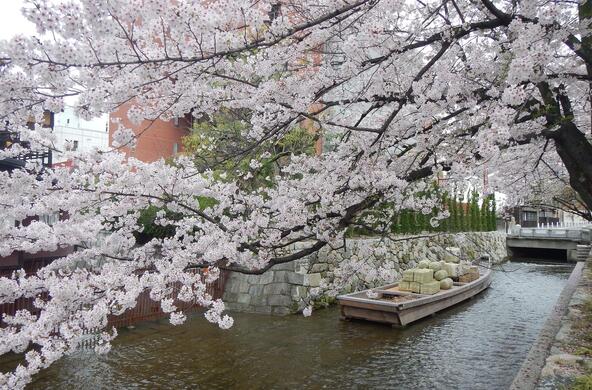Changes in water flow and the snowpack expected to alter vegetation and wildlife
Much biological research on climate change focuses on the impacts of warming and changes in precipitation over wide areas. Researchers are now increasingly recognizing that at the local scale they must understand the effects of climate change through the intertwined patterns of soils, vegetation, and water flowpaths—not forgetting the uses humans have made of the landscape. In the December issue of BioScience researchers describe how aboveground and belowground responses to springtime warming are becoming separated in time in a forest in New England. This and other indirect effects of climate change could alter the dominant trees and other plants in the region as well as the wildlife present, with likely consequences for local industry and tourism.
The observations could be a bellwether for changes in forests elsewhere. The researchers, led by Peter M. Groffman, analyzed findings from the Hubbard Brook Experimental Forest in New Hampshire, which has been studied for 50 years. Warming means spring has advanced and fall has retreated over that time. Together with increasing snow and rain, this has led to an increase in streamflow in winter and summer—but to a decline in the winter snowpack. The declining snowpack should favor deer at the expense of moose—which seems to be happening. And the earlier thaw means soils have been warming earlier in the springtime. Significantly, the interval between snowmelt and full leaf growth has increased—by 8 days over 50 years.
Soil nutrients can be more easily washed out during this transition period, and soil freezing can also occur. This can in turn threaten some tree species, including yellow birch and sugar maple—the main source of maple syrup. Soil invertebrates are also killed by soil freezing, so the species of birds that feed on them will likely change. Groffman and his colleagues stress that research into the likely effects of climate change should examine a full range of landscapes, including those affected by biological invaders. Research should also take advantage of the range of temperatures at different elevations to explore the effects of expected warming.





